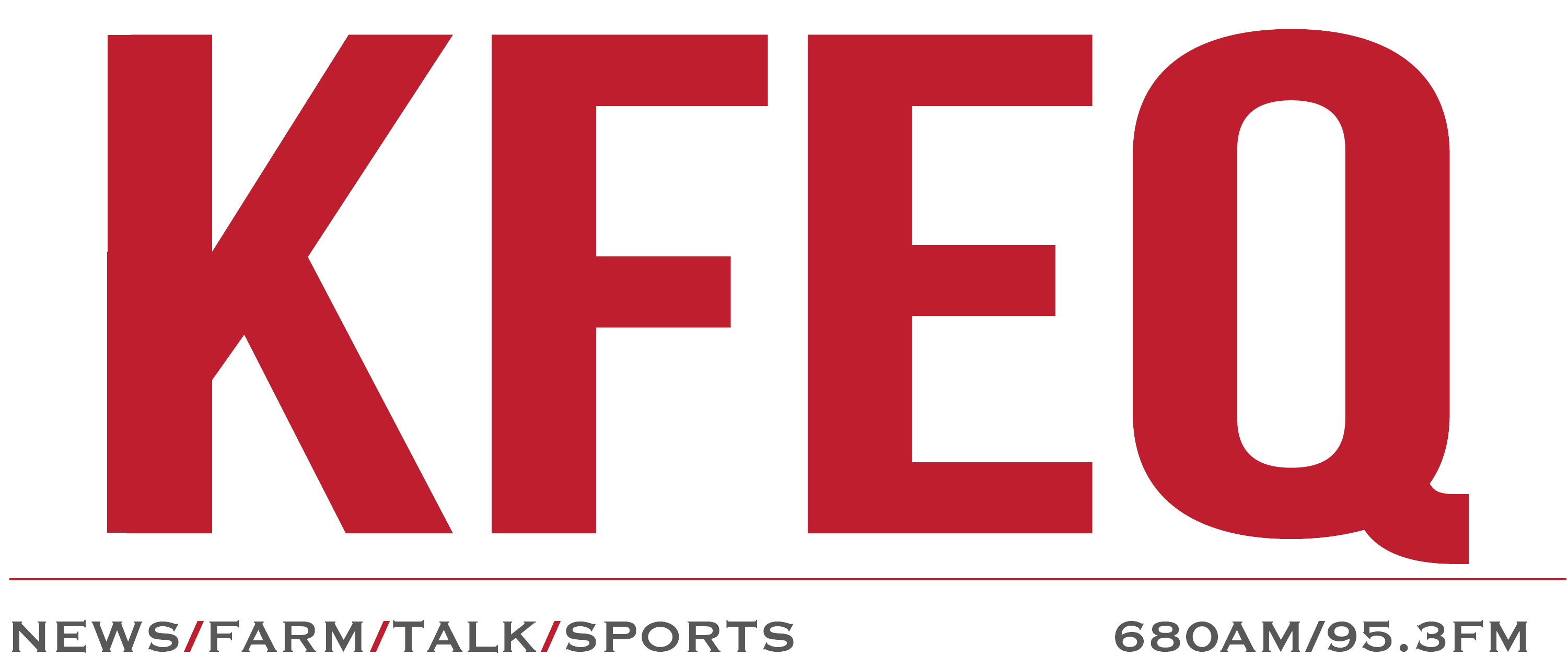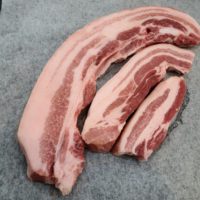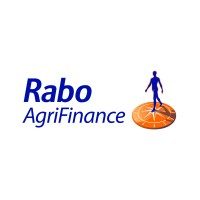Monday Closing Markets
CORN: Another new three-month high with more moderate to heavy rains expected over the next three days, adding to already wet planting conditions, especially in the Eastern Corn Belt. With this
[audio mp3="https://dehayf5mhw1h7.cloudfront.net/wp-content/uploads/sites/356/2024/04/29193004/WEB-CLOSING-MARKETS.mp3"][/audio]
CORN:
Another new three-month high with more moderate to heavy rains expected over the next three days, adding to already wet planting conditions, especially in the Eastern Corn Belt. With this week's rain comes more chances for severe weather in the central and southern Plains and plenty of interest in USDA's Crop Progress report.. .. At the same time, Brazil's corn crop is enduring hot and dry conditions in May and the corn harvest in Argentina was downgraded to 1.83 billion bushels. Looming ahead is the USDA's WASDE and Crop Production reports for May due out Friday morning.
SOYBEANS:
The highest close in three months, riding the wave of short-covering concerns. U.S. producers are looking for breaks in the weather to get back into fields, but so far, the opportunities are limited. The forecast looks drier after Wednesday, but in many areas, the fields will need additonal time to dry and rains are expected to return May 11 to 13. Southern Brazil almost looks hopeless for any remaining harvest as more rain in this week's forecast adds to extensive flooding in the area. Argentina's soybean harvest, at 36% complete, is behind its normal pace and will have some rain to contend with this week, but should eventually finish and does not compare to the extreme conditions in southern Brazil.
WHEAT:
July KC wheat started lower Sunday evening after southwestern Kansas received rain over the weekend, but prices didn't stay down long, finishing up at $6.75 1/4, a new high in 2024. July Chicago wheat was up 26 1/4 cents at $6.48 3/4, also a new 2024 high with rain and a risk of storms headed to the Delta and Ohio River Valley by Wednesday. It has been a long time since producers have seen this kind of active buying and it is fair to wonder what kind of conditions crops will be in after this week's storms. Monday afternoon's Crop Progress report will offer updates on winter wheat ratings and percentages of surplus topsoil moisture. For spring wheat, Alberta, Saskatchewan and Montana are expecting moderate to heavy rains the next few days and the moisture will be mostly welcome. After Wednesday, drier weather and warmer temperatures should help give planting efforts a timely boost.













